With a population of less than 6,000, Valletta is the European Union's smallest capital city. The city of Valletta is a bit more than 1 kilometre long and about 600 metres wide. Built in the late 16th century and named after Grandmaster Jean Parisot de la Valette, this fortified city has hundreds of monuments, making it one of the most concentrated historic areas in the world. In total, 320 historical monuments are preserved within 55 hectares of space. Valletta has undergone very little alteration during the time. The city of Valletta was inscribed on the UNESCO World Heritage List in 1980. Check the things to see in this awesome city.
The first one, Triton’s fountain, actually is located outside the city wall. So here you go!
Triton’s Fountain
Located right outside the main city gate of Valletta, three half-humans, half-mermen are one of the first things everyone sees as they enter Malta’s historical capital. Majestically holding up a bronze platter, Tritons has become a symbol of strength. Designed by sculptor Vincent Apap, the prominent structure was completed in 1959. It has played a special role in many events and celebrations.
Entrance Gate of Valletta
This is actually the fifth city gate Valletta has had in about 450 years. It was designed by world-famous architect Renzo Piano, known for building The Shard in London. The present gate was completed in 2014 as part of a massive regeneration project to improve the entrance to Valletta.
Parliament building
The Parliament building next to the city gate is made up of two massive stone blocks that are balanced on slender columns to give the building a sense of lightness, respecting the existing street layout. The Parliament House is the meeting place of the Parliament of Malta.
Pjazza Teatru Rjal
The new Royal Opera House was designed in the late 19th century by the English architect Edward Middleton Barry to make more space for theatre lovers. The building in the Neo-Classical style had a seating capacity of 1,095. During the Second World War, the theatre was ruined in an aerial attack. Only the numerous Corinthian columns and peripheral hard stone base survived. The project of architect Renzo Piano in the early 21st century aimed to convert the ruins of the Opera House into an open-air theatre. Now, this new theatre shows an aspiration to preserve past cultural values with a promise to create and nurture new artistic ideas.
Monument to Jean de Valette
There are many statues and monuments in Valletta, but the monument to Jean de Valette has an outstanding place among them. The foundation stone of Valletta city was laid by the Grandmaster of the Knights of the Order of St. John of Jerusalem, Jean Parisot de la Valette, in 1566. La Valette envisaged the city to be a grand European centre of culture and commerce. Although he died shortly before its completion, the city of Valletta went on to serve as the capital of Malta to the present day.
Auberge de Castille
Auberge de Castille is one of the finest architectural works in Malta. Finely proportioned and strictly symmetrical, the building was badly damaged during World War II but was later carefully restored. The building now houses the office of the Prime Minister. The biggest and most beautiful hall in the Auberge is the Ambassador’s Hall, where the Prime Minister welcomes important guests and hosts state functions. There is also a large and picturesque courtyard used for different cultural activities like concerts or exhibitions.
Upper Barrakka Gardens
The Upper Barrakka Gardens overlook the Grand Harbour. From the balcony, you can see one of the most beautiful panoramic views in Malta, with the Three Cities as its backdrop. These gardens were established in 1661 as the private gardens and training grounds of the Knights of the langue of Italy, whose auberges were situated close by. The gardens were opened to the public in the early 19th century, and although the place suffered major damages during the Second World War, it has been restored fully. 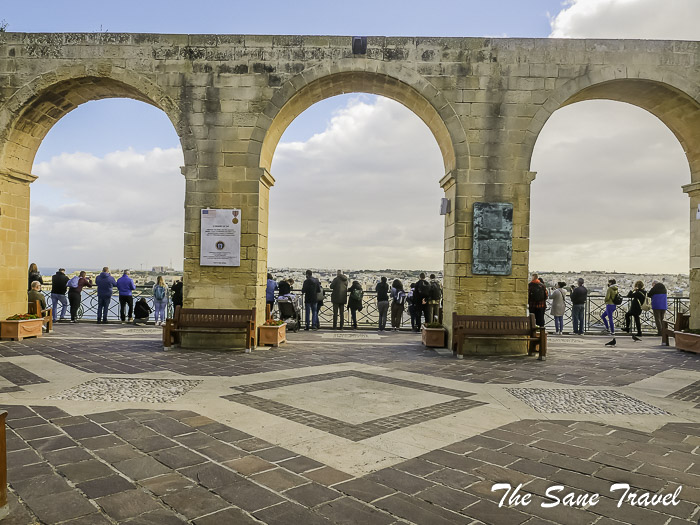
The Upper Barrakka Lift
The Upper Barrakka Lift is a noteworthy and practical attraction within the gardens. Re-opened in December 2012, this impressive lift links the Grand Harbour to the Upper Barrakka Gardens and Valletta city centre. This is definitely the quickest way to get into the city from the Valletta Waterfront, as the journey up only takes about 25 seconds! The lift is 58 metres high and is a definite favourite with those visiting Malta via cruise ship through the Valletta Passenger Terminal.
St John’s Co-Cathedral
The Cathedral is one of the most important landmarks for those seeking arts and culture in Valletta. It's called the Co-Cathedral as the main Cathedral of Malta is located in Mdina. Designed by the Maltese architect Gerolamo Cassarhe, the building was commissioned in 1572 by Grandmaster Jean de la Cassiere to serve as the church for the Order of the Knights of St John. Throughout the centuries, every Grandmaster and many knights donated gifts of high artistic value and made enormous contributions to enrich the church with the best works of art by leading artists of the time. Apart from its rich Baroque art and relics, the Co-Cathedral also holds impressive Baroque frescos, ornate marble floors, statues, carved stone walls and breath-taking vaulted ceilings decorated by the Italian Baroque artist Mattia Preti. 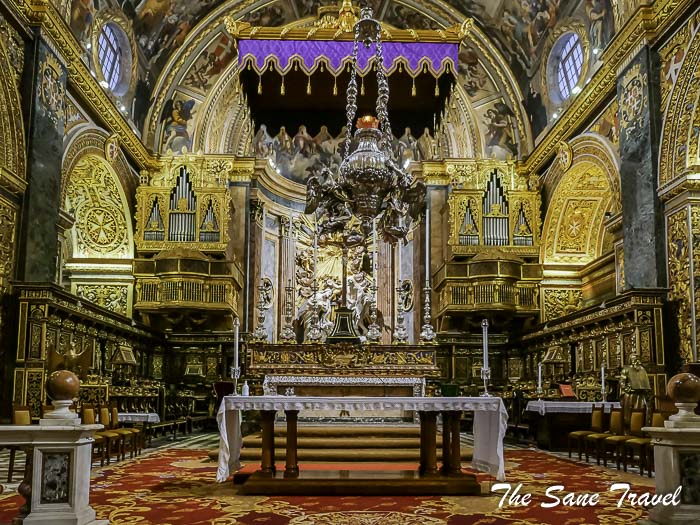
Theatre Manoel
The Manoel Theatre was constructed in 1731 by Antonio Manoel de Vilhena, a Grandmaster of the Knights of St. John. It is one of the oldest theatres in Europe where plays are still performed on stage to this day. The theatre has been fully restored to its earlier glory. The Grand re-opening ceremony in December 1960 left the audience gasping with delight at this newly rediscovered jewel in Malta’s National Heritage. Theatre Manoel has an annual season of concerts, recitals, opera, drama, musicals, and dance. The theatre also hosts an annual baroque festival.
Address: Old Theatre Street, Il-Belt Valletta
Grandmaster’s Palace
The Grandmaster’s Palace has been the administrative centre of Malta for almost three and a half centuries. The original palace, built in the late 16th century, was the seat of the Grandmaster of the Knights Hospitallers of St John and later, during the British colonial period, served as the Governor’s Palace. Today, it is home to the House of Representatives of Malta and the office of the President of the Republic of Malta. The original Palazzo was designed by Gelormu Cassar, but successive Grandmasters enlarged and developed the building. The Palace armoury is also located here and deserves a visit. The palace most likely is from where a tradition of Maltese balconies has started!
Casa Rocca Piccola
Built in the late 16th century, this Palace was one of the first noble houses in the City of Valletta. Casa Rocca Piccola is still privately owned and is a loved family palace with over 50 rooms, many of which are open to visitors. At Casa Rocca Piccola, you will learn all about the customs and traditions of the Maltese nobility. You will also see a collection of furniture, silver and paintings that add to the aesthetic riches of Malta. 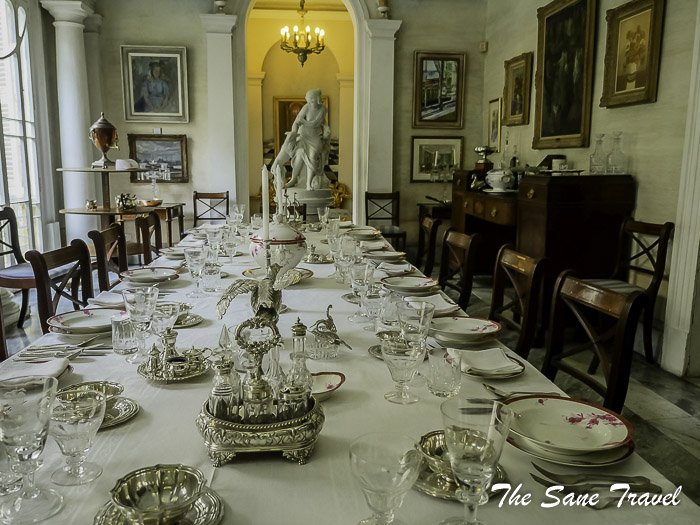
Address: 74 Republic Street, Valletta
Lower Barrakka Gardens
The Lower Barrakka Gardens are situated at the lower end of Valletta on the bastions overlooking the entrance to the Grand Harbour.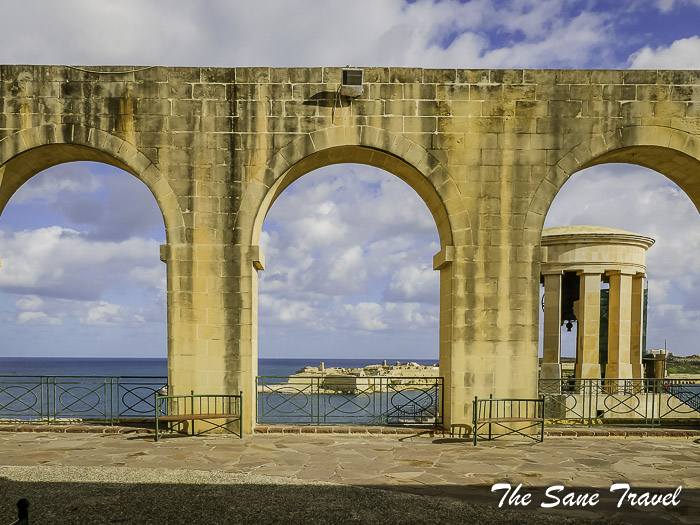
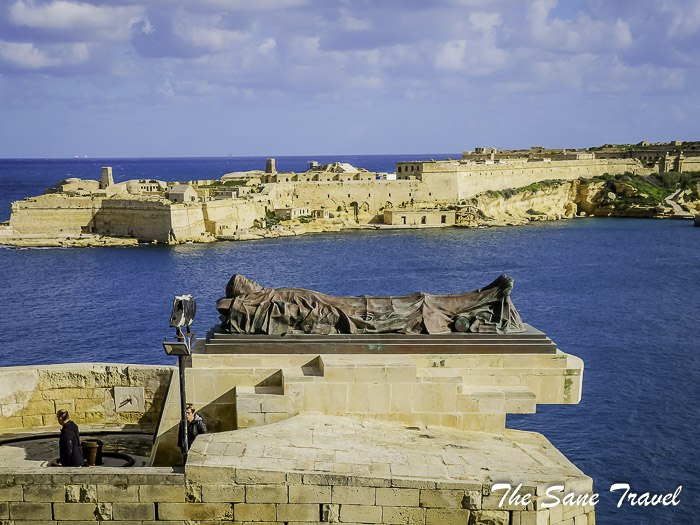
Red telephone and post boxes
They’re symbols of Britain, the same as the black taxi cabs and the old Routemaster buses. Still, every town and village in the Maltese Islands has at least one red phone box, usually in the main square. 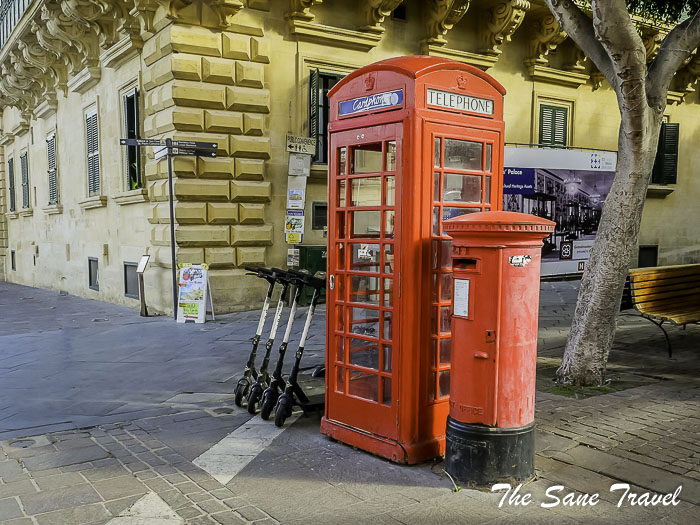
Where to stay in Valletta? Try Lucente guesthouse!
Lucente guesthouse
This exclusive property is a combination of 400-year history and contemporary comfort in a magical setup. Combining a wealthy past and the owner’s personal touch will make you fall in love with this interesting place. Everything has been designed by the owner’s hands, including a lifetime collection of antiques, art, design, inspiration, and creativity. Maybe it’s not 100% practical; still, it deserves overnight stay to feel more of Valletta.
By the way, I stayed in Elizabeth's room.
Address: 20A, Saint Lucia's Street, Valletta
Like it? Pin it!
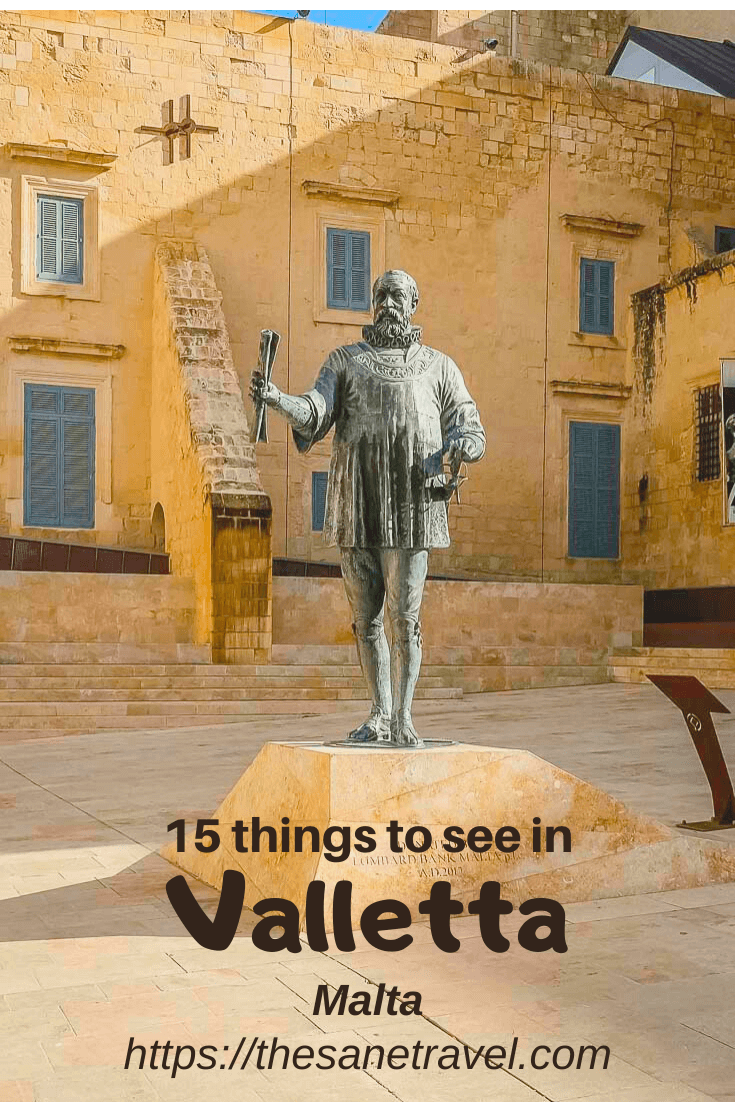
What did you think? Have you visited Malta? I’d love to hear from you so please add your comment below.
Author: Anita Sāne

About the author
Anita is a part-time traveller, passionate photographer and a retired career woman from Latvia, travelling mostly solo for more than 15 years. She is a skilled travel planner who plans and executes her travels by herself. Anita wants to show you how to travel the world and open your mind to new experiences. Follow her on Facebook, Instagram, Pinterest, Twitter and Bloglovin.

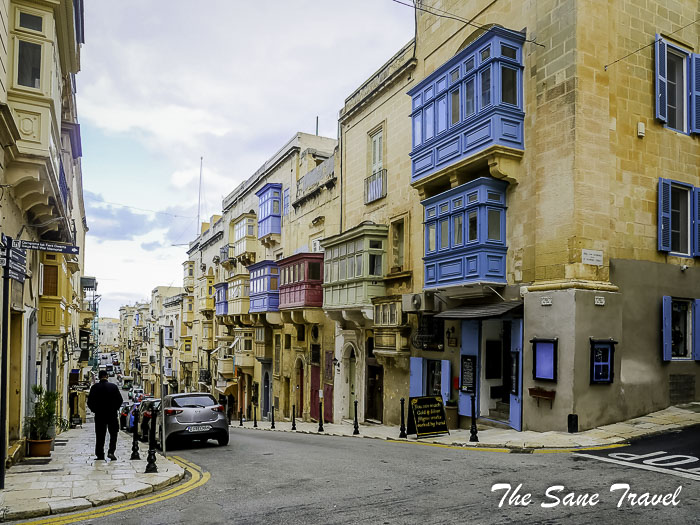
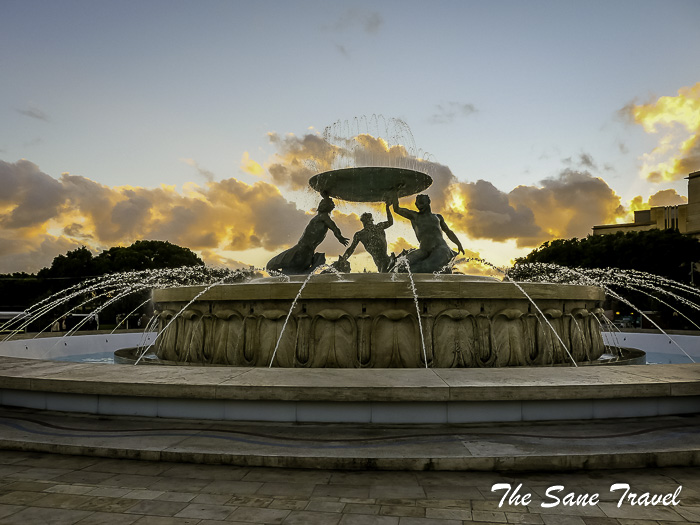
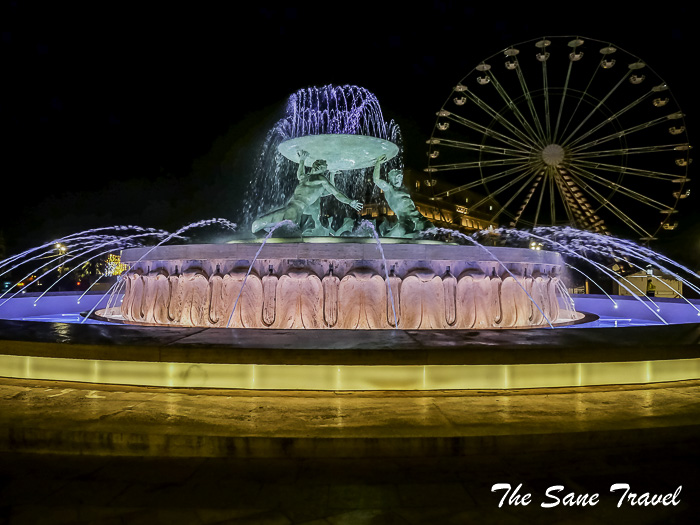
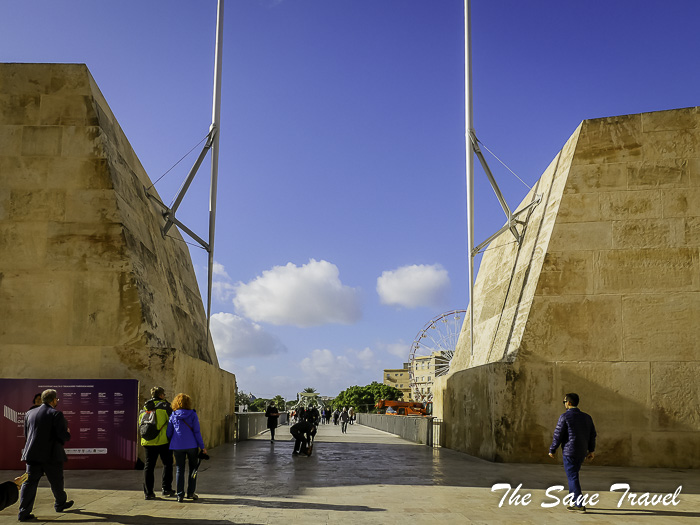
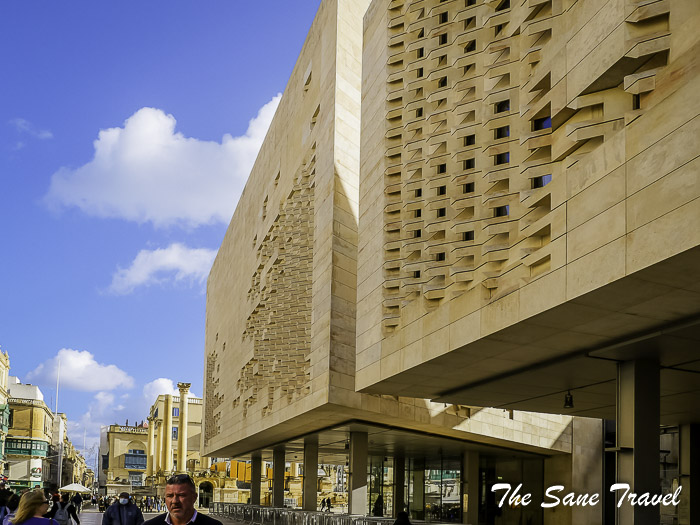
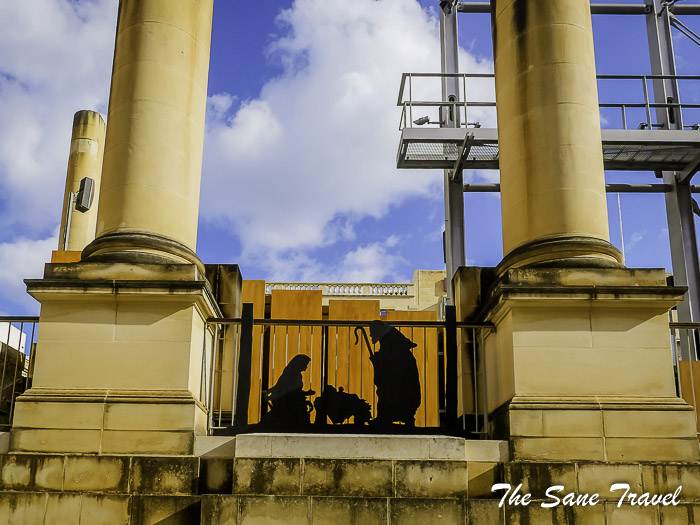
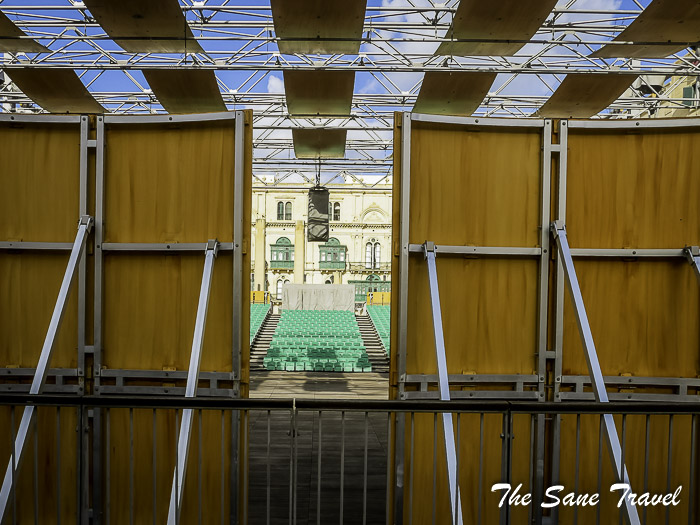
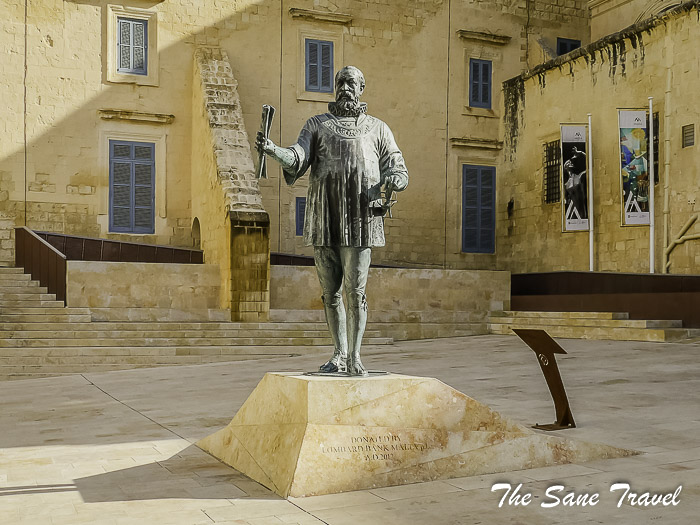
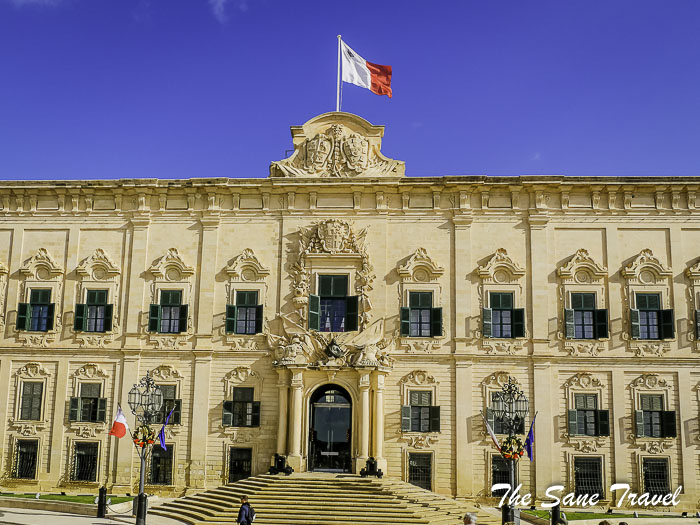
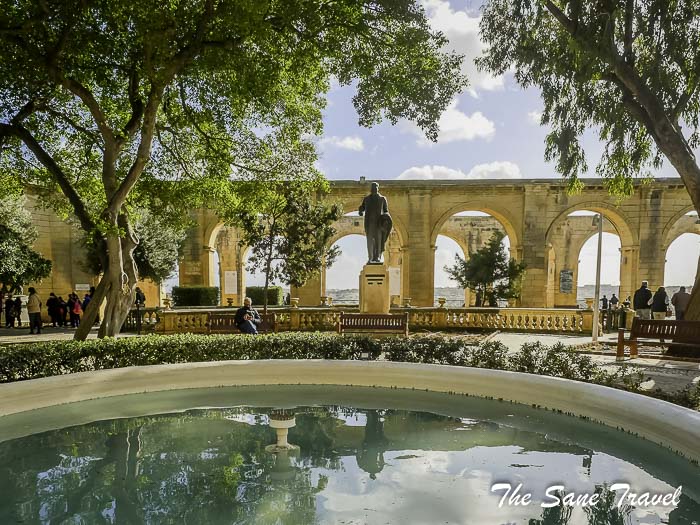
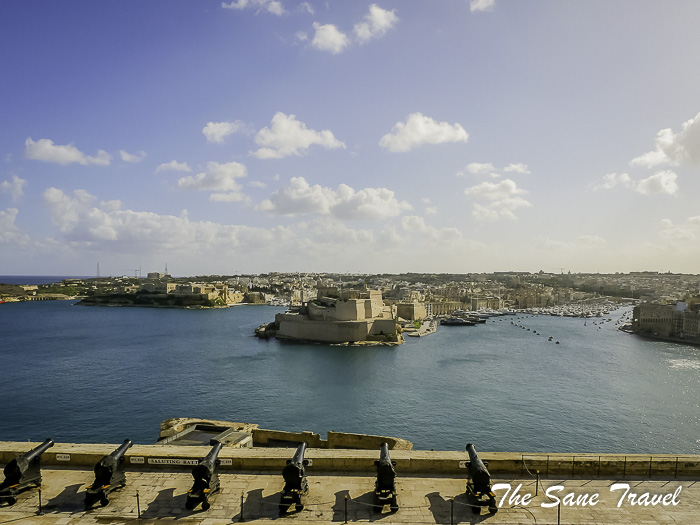
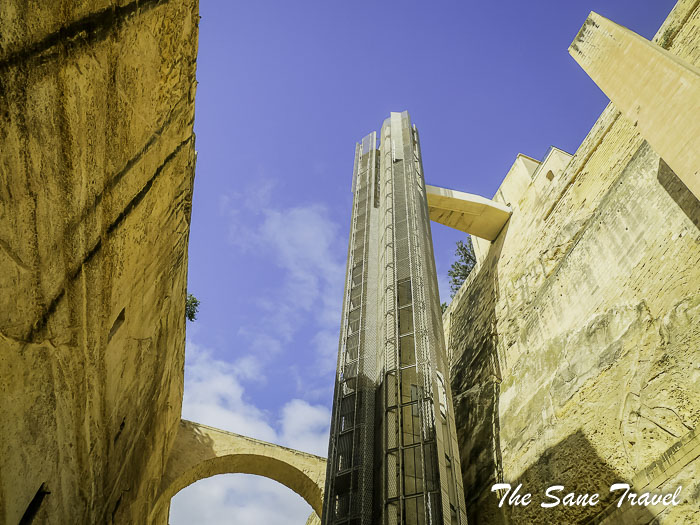
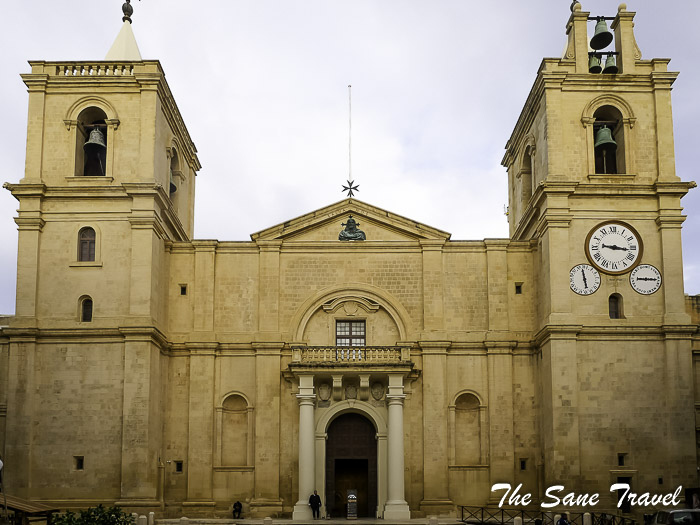
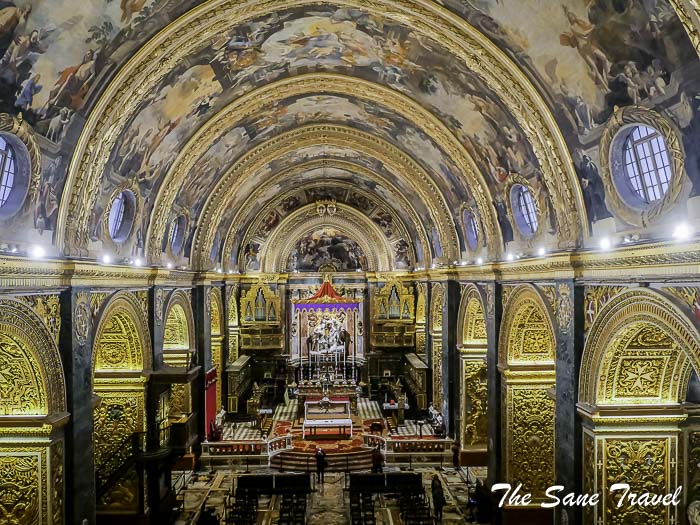
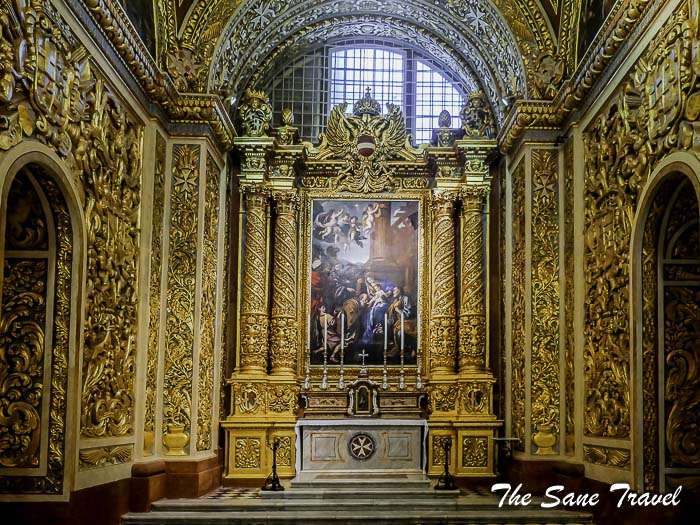
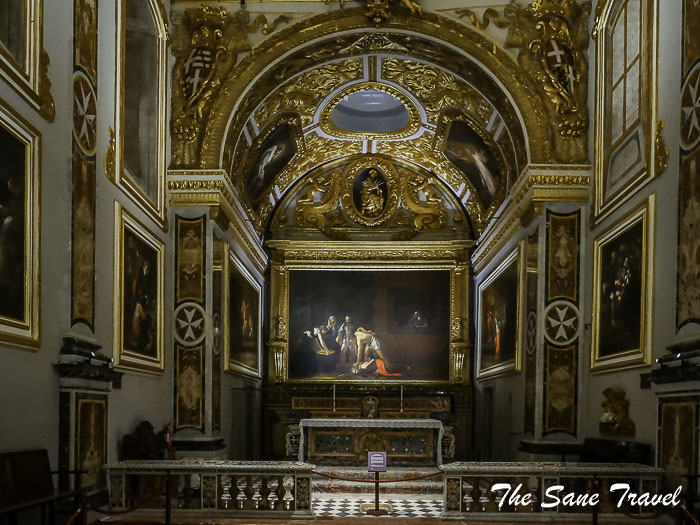
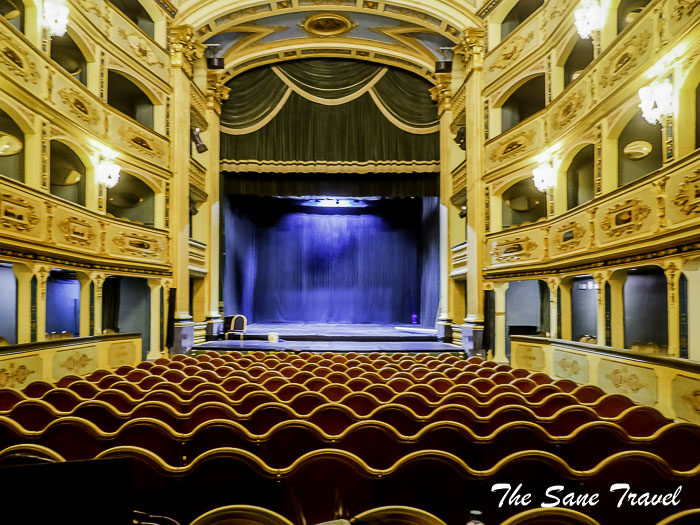
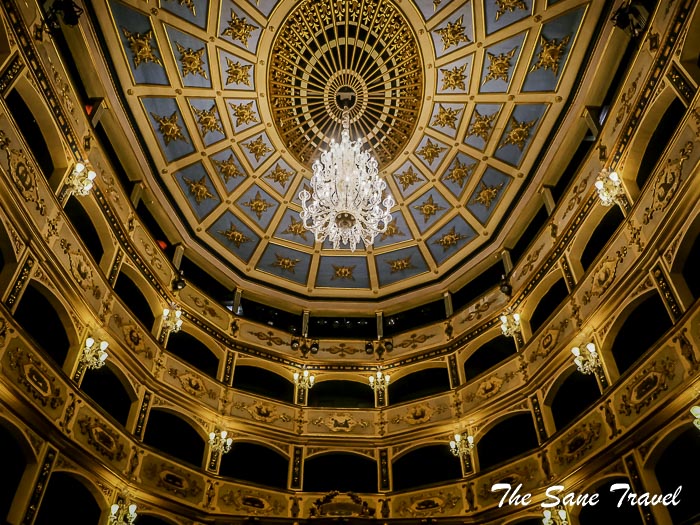
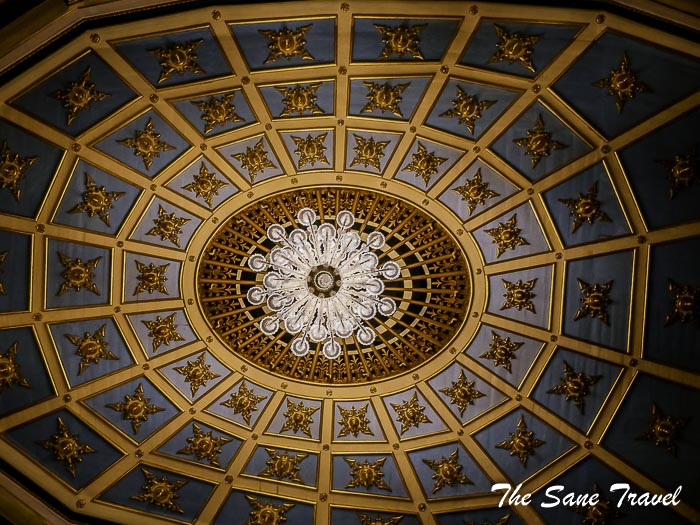
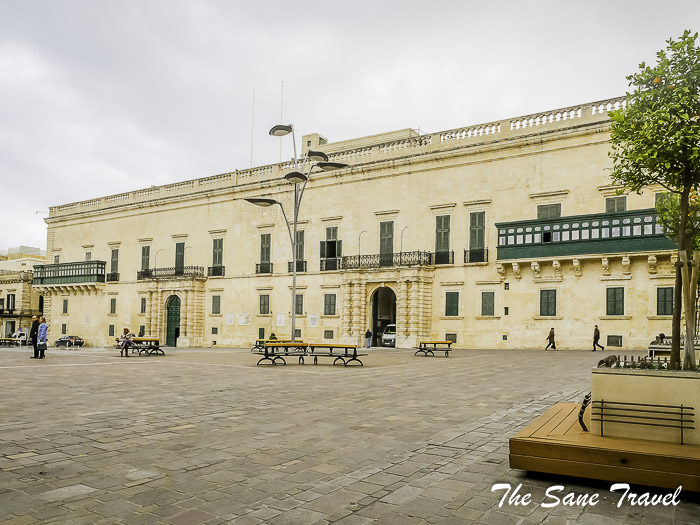
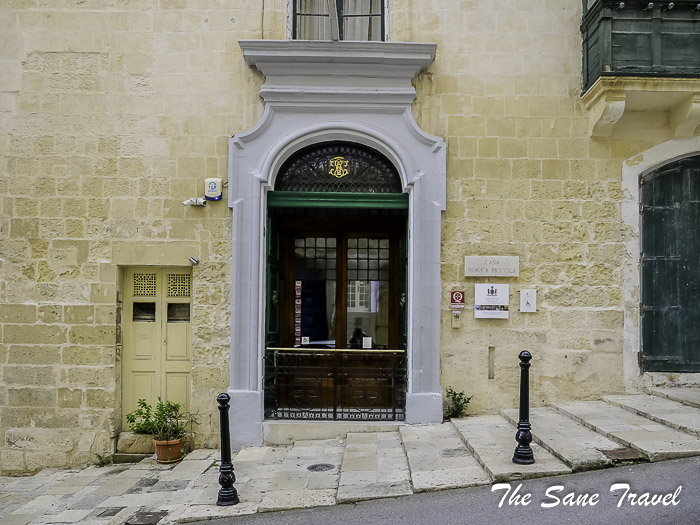
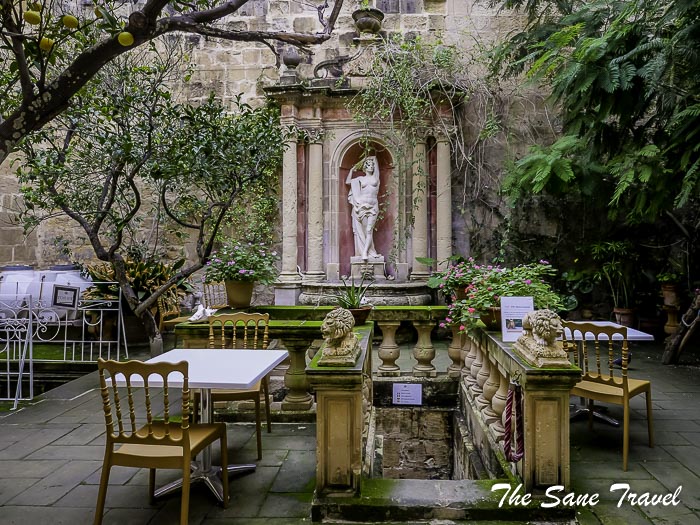
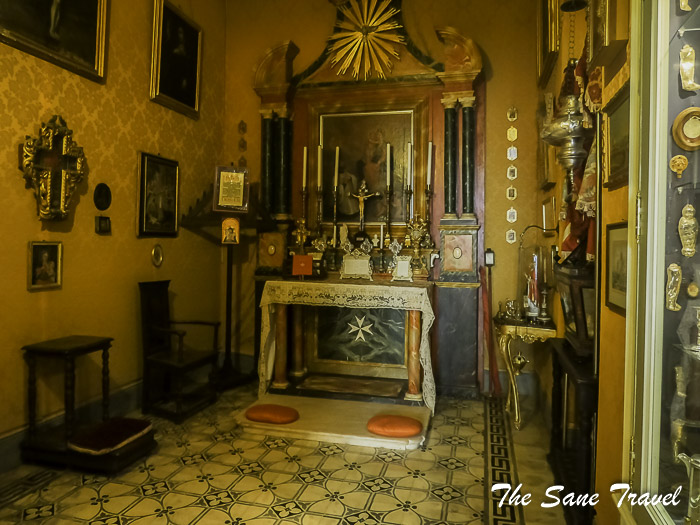
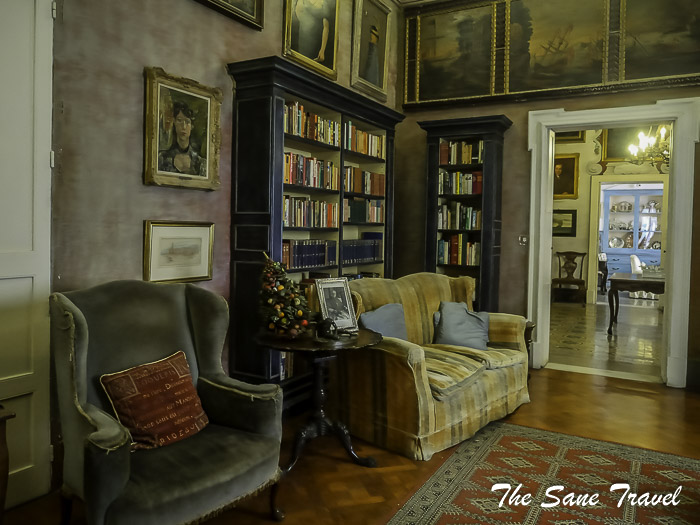
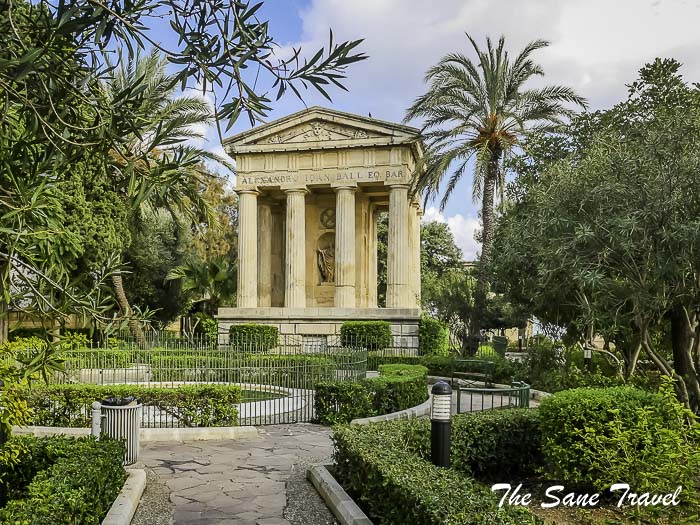
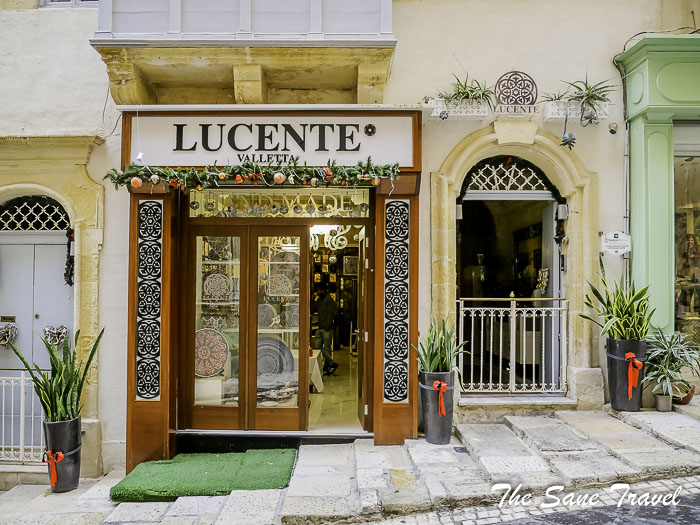
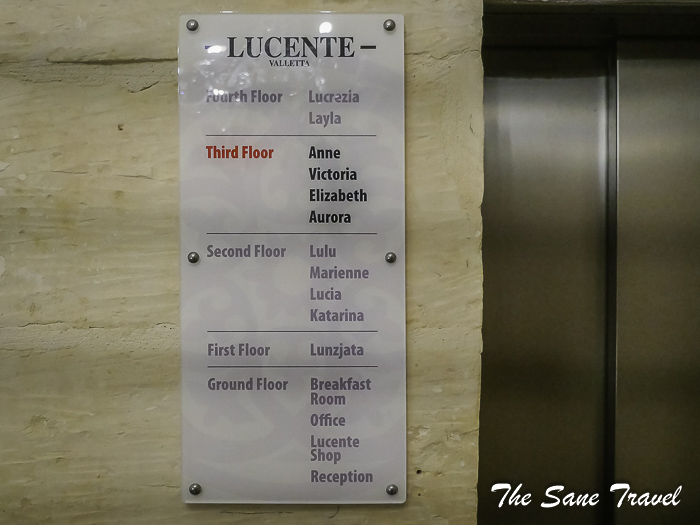
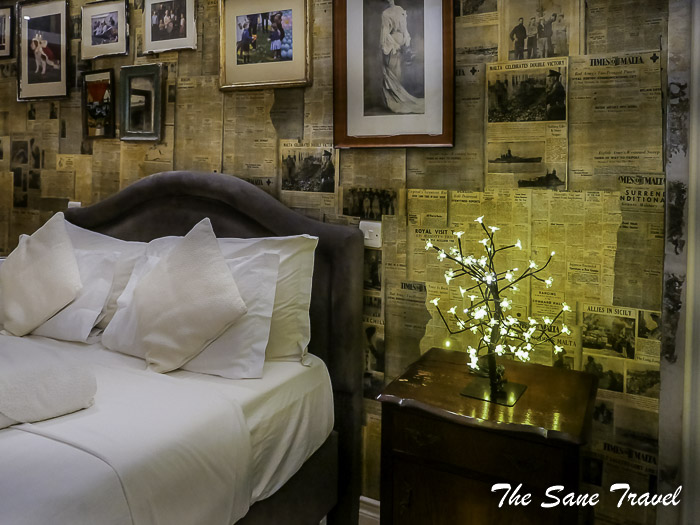



Report
My comments